Abstract:
Surface modification of Ti implants can improve their performance. For instance, it is well established that a nanostructured oxide surface layer increases their capacity for effective osseointegration. In this paper, we investigated growth mechanisms and morphological characteristics of nanostructured oxides produced through anodization on various Ti alloy substrates. The anodization process utilized both aqueous and organic fluoridecontaining solutions. The substrates examined included Ti-53Nb with low and high interstitial O/N content, Ti13Nb-13Zr, and Ti-6Al-4V alloys. These alloy substrates were fabricated using powder bed fusion techniques. The characterization of these nanostructures was carried out using scanning electron microscopy, grazingincidence X-ray diffraction, and X-ray photoelectron spectroscopy. The nanostructures presented smaller inner diameters and greater lengths when grown in the organic electrolyte. The α-phase was stabilized only in the Ti53Nb alloy with high O/N content, which led to a disruption in the alloy’s nanostructure arrangement. The difference in the interstitial contents in Ti-53Nb alloy did not change the chemical composition of the nanostructured layer. For the α+β Ti alloys, a nanostructured arrangement was observed perpendicular to the nanostructure lateral surface of the phase with a higher growth rate. The experimental results indicate that the nanostructure growth rate strongly depends on the chemical composition of the phases present in the microstructure. Furthermore, a description of nanostructures formation and growth on α+β Ti alloys is presented.
Referência:
SALLICA-LEVA, E.; COSTA, A.M.S.; PÉREZ, O.E. Linarez; LIMA, D.D.; HERRERA, E.Z.; BOCCALINI JR., Mario; FALCÃO, R.B.; FANTON, L.; SANTOS, C.T. dos; CREMASCO, A. Synthesis and characterization of nanostructured oxide layer on Ti alloy substrates additively manudactured for biomedical applications. Ceramics International, 11 p., Dec., 2024.
Acesso ao artigo no site do Periódico:
https://www.sciencedirect.com/science/article/abs/pii/S0272884224061522?via%3Dihub

